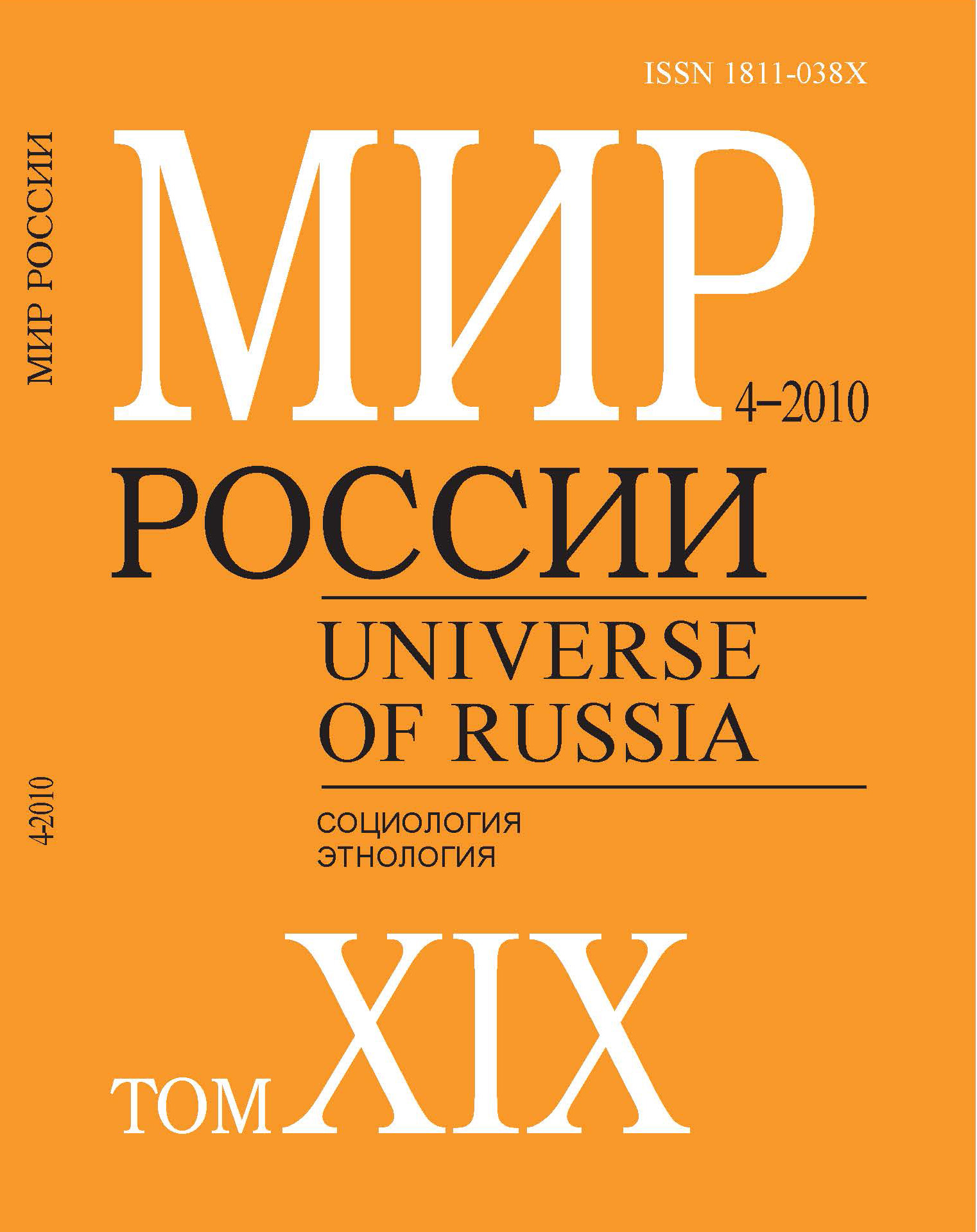To Die in Russia
Abstract
Vladimir Leksin — Leading Research Fellow, Department of Institute of System Analysis, Russian Academy of Sciences. Address: 9, Prospect 60-Letiya Octyabrya, Moscow, 117312, Russian Federation. E-mail: leksinvn@yandex.ru
The attitude to death is an inalienable and rather characteristic part of Russian culture. Death is connected with unbelievably large number of superstitions, magic ceremonies and rituals. Death became firmly established in all kinds of art a long time ago: music and cinema, opera and ballet, prose and poetry, painting and sculpture, landscape design and architecture. Death and everything related to it has been studied by many sciences. A lot of actions related to death and carried out by certain people and organizations are regulated by constitutional, regional and local law. Death is served by special kinds of economic activities and their unique infrastructure. Each of these topics may become a reason for independent ethnological, sociological, economic, lawful, philosophical, etc. study; but in this article, attention is drawn just to these two issues: what do people die from and how are they being buried in Russia at present.
Russia belongs to a number of such few states where the birthrate is low as in the developed countries (depopulation of native population), and the mortality is as high as in the developing ones. It is shown in this article that such a situation is connected with the legal income of the major part of the population and the inadequate accessibility to up-to-date health services, but not to the same degree as with uncertainty about the future and indifferent attitude to the value of life, especially among men. This is the main reason why Russia is a country of widows, where every second child born in recent years does not have a chance to reach the retirement age.
The specific features of extremely detailed legislation in the sphere of funeral services are discussed and examples of unique legal collisions appearing in that sphere are given. It is also shown why, despite huge land resources in Russia, a sharp problem of cemetery territories and neglected cemeteries has emerged. The data related to the cost of living and burial expenses is given.
In recent years the Russian state has undertaken measures aimed at stimulating the birthrate. But to resist a slump run-down of population size is possible by cutting the abnormally high death rate (especially among children and able-bodied workers). It is not less difficult to stimulate birthrate growth, because to achieve the first goal, as well as the second one, it is necessary to change, first of all, the most conservative mental component of our existence. It is necessary that the value of life will begin to penetrate the mass consciousness, ousting stereotypes of aggressive-infantile and irresponsible behavior. It is necessary to refuse to perceive death as something insignificant — as it is cultivated in cheap novels, special effects of the cinema and computer games. It is necessary to bring out the attitude to death as to the grand total, but not to the end of life.






